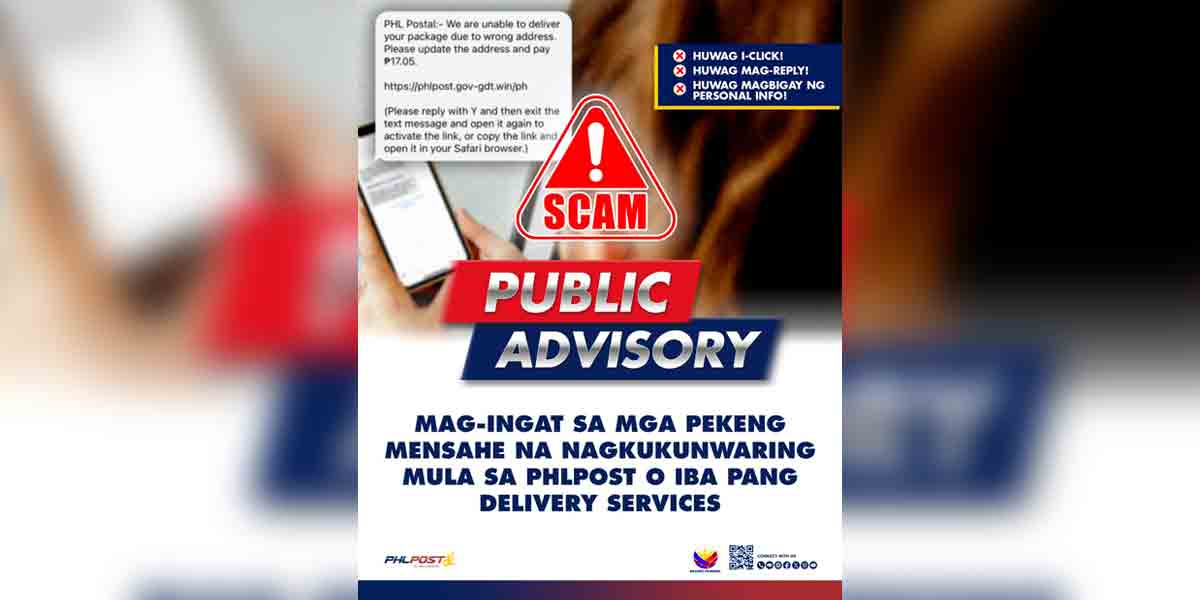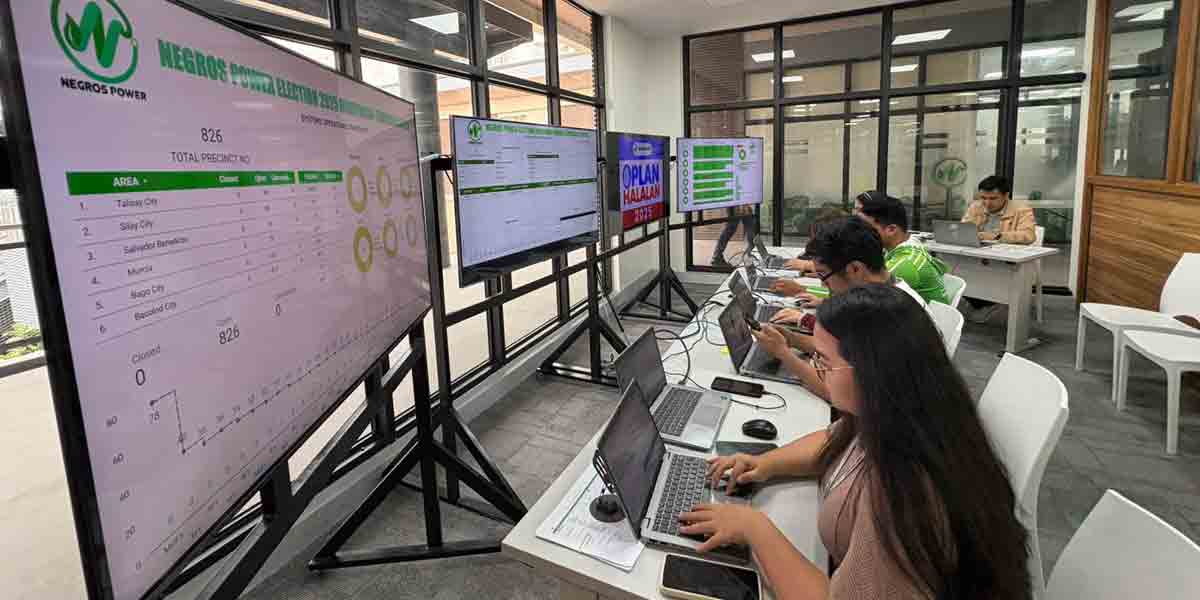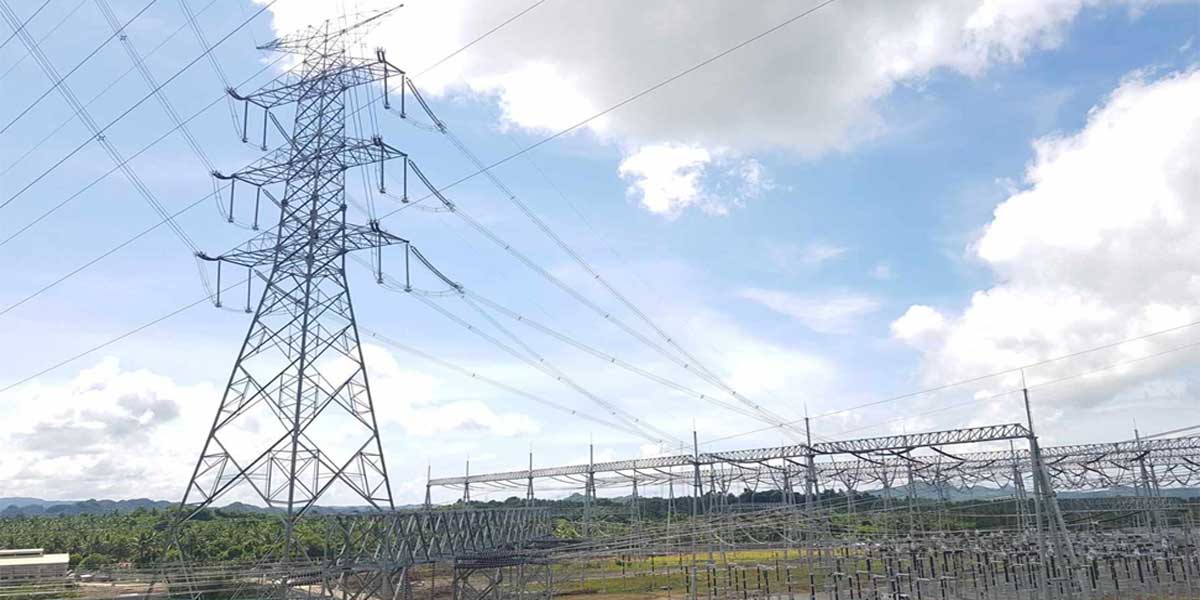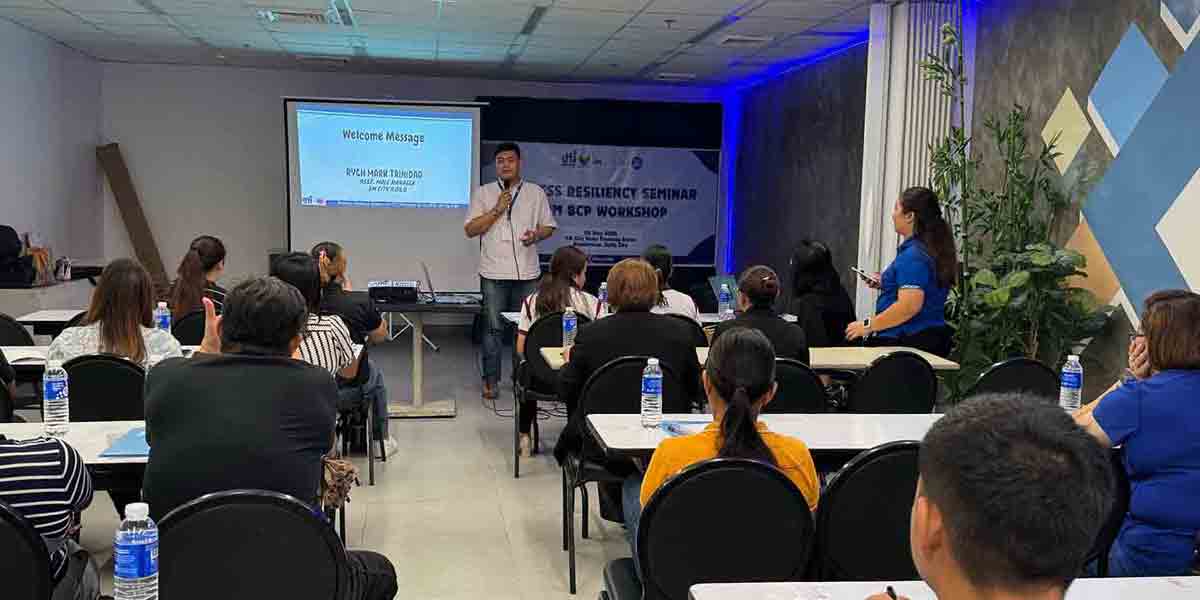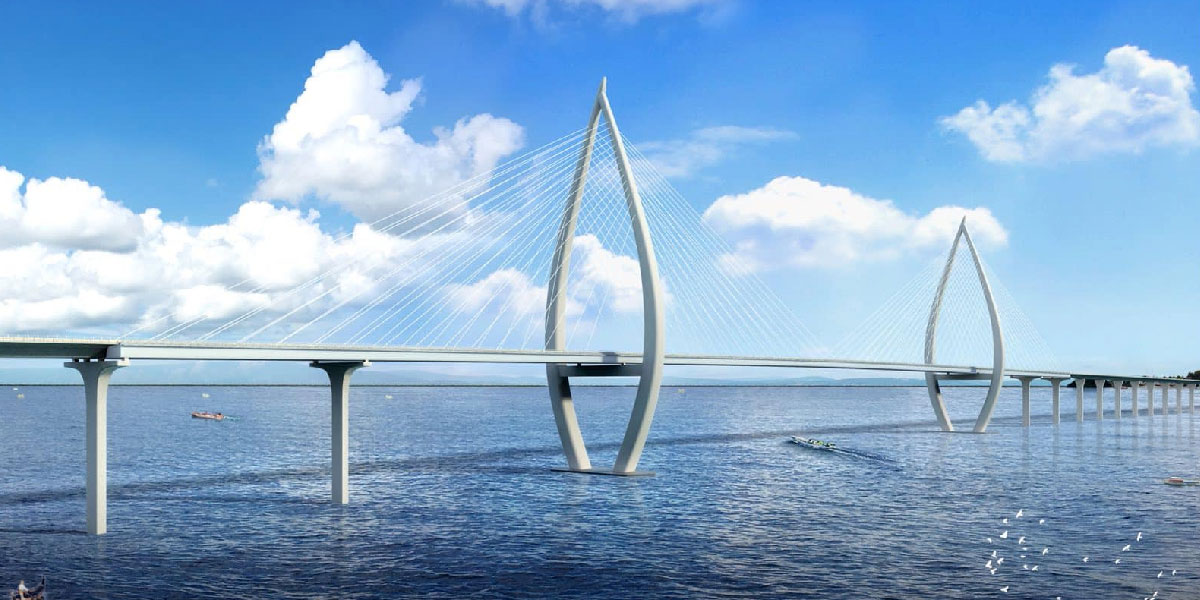
By Francis Allan L. Angelo
Major transportation projects and facilities in Western Visayas are included in the long-term transportation infrastructure roadmap proposed by a lawmaker.
Samar Rep. Edgar Mary Sarmiento, House Committee on Transportation chair, raised the need to create the roadmap that would “depoliticize the funding, implementation, and prioritization of all transportation-related projects.”
In a statement, Sarmiento said that his committee has already approved House Bill 9468 which seeks to legislate a 30-year National Transportation Program (NTP) dubbed “The Future of Mobility in the Philippines Act.”
Describing the bill as a “legacy measure”, Sarmiento said HB 9468 would “codify the direction of the country’s transportation infrastructure roadmap and ensure uninterrupted implementation of all projects that are included in the 30-year NTP even with the changing of administrations.”
“The perennial problem in the country is the difficulty in planning and implementing major infrastructure programs which involve multi-year implementation. Multiple changes are being implemented on government plans for infrastructure over the years. Thus, it makes it more grueling to meet the goals of the long-term plans being set for the country.”
Sarmiento noted that politics and changes in administrations affect the implementation of key infrastructure projects.
“Major infrastructure projects are usually complex and capital intensive which often needs adequate planning and efficient implementation. Elections and changes in the administration of the country every so often can put a stop in the process of planning and implementing these major infrastructure projects. At times, these vital and necessary projects are put on hold or, assuming the worst-case scenario, be ultimately canceled,” he added.
Sarmiento said that by legislating a transportation infrastructure roadmap that spans 30 years (2023-2052), a shift in the political climate can have no effect on the timeline of its implementation, and “we can ensure that there is continuity” despite a change in the national leadership.
HB 9468 provides a list of core projects to be implemented between 2023 and 2052 and can only be updated every five years by the National Economic Development Authority (NEDA) in coordination with the Congressional oversight and the implementing agencies.
It may be updated every five years by the National Economic Development Authority (NEDA), in coordination with the oversight and implementing agencies.
Listed as part of the core projects for road transport are 19 Inter-regional and regional roads and expressways in major road transport corridors of the country and six metropolitan and urban road and expressway systems.
Included in the list is the Panay-Guimaras-Negros which was proposed in the administration of the late President Benigno S.C. Aquino III but was stalled in the administration of Pres. Rodrigo Duterte.
On Oct 28, 2021, the Department of Public Works and Highways and the Republic of Korea signed the minutes of discussion for the financial support on engineering services, including preliminary and detailed engineering design and procurement assistance required prior to the construction of the bridge.
The signatories were DPWH Undersecretary for Unified Management Office Operations (UPMO) Emil K. Sadain and Country Director Jae-jeong Moon from Manila Representative Office of the Korea Export-Import (KEXIM) Bank.
The signing ceremony was also attended by Deputy Director Soohhyung Han and Ana Labella of KEXIM Bank, and Project Director Benjamin A. Bautista of DPWH UPMO Roads Management Cluster 1 (Bilateral).
Usec. Sadain said that the Koreans have committed official development assistance (ODA) loan to the Philippines through the KEXIM Bank – Economic Development Cooperation Fund (EDCF) to finance the DED of this immense flagship bridge project. The loan will be formalized with the signing ceremony in December 2021.
The proposed island bridges connecting Panay Island, Guimaras Island and Negros Island has two components:
-the 13-kilometer Panay-Guimaras or Section A that will have a sea-crossing bridge length of 4.97 kilometers; and
-Guimaras-Negros or Section B or with a total length of 19.47 kilometers including a sea-crossing bridge length of 13.11 kilometers.
The supplementary feasibility study report and engineering service provision for the project was approved by the NEDA Board’s Investment Coordination Committee-Cabinet Committee in August 2021.
The 32-kilometer bridge is a large and complex project which requires comprehensive and high-standard engineering works that are serviced by consultants who have extensive experience in long-span bridges will help DPWH prepare the construction in an efficient and timely manner, Sadain added.
Meanwhile, other projects listed in HB 9468 are:
– North Luzon Expressway to Ilocos Region and Cagayan Valley;
-Central Luzon East-West Links for Nueva Ecija-Tarlac and Tarlac-Zambales;
-South Luzon Expressway to Bicol Region; Luzon Eastern Seaboard Highway;
-Sta. Ana, Cagayan-Atimonan, Quezon; Dalton Pass East Alignment Alternative Road;
-Laguna Lake Circumferential Expressway; Cavite-Tagaytay-Batangas Expressway;
-Luzon Iconic Bridge Projects for Socioeconomic Development;
-Panay Expressway;
-Negros Occidental Expressway;
-Samar-Leyte Expressway;
-Mindanao North-South Expressway;
-Northern Mindanao East-West Expressway;
-Central Mindanao Expressway; Davao City Coastal Road;
-Road Network Development Project in Conflict-Affected Areas in Mindanao;
inter-island bridges/links for Bataan-Cavite, Batangas-Mindoro, Sorsogon-Samar, 4th Cebu-Mactan, Cebu-Negros, Samal-Davao City;
-major RORO systems for Eastern, Central, and Western Networks;
-Metropolitan Manila Circumferential 5 Southlink Expressway;
-Metropolitan Manila Circumferential 6 Expressway;
-Metropolitan Cebu Expressway;
-Bohol Bypass Road;
-Metropolitan Davao Expressway; and
-Metropolitan Manila Logistics Network.
For rail and other mass Transportation/Long-haul rail systems, the following are listed as core projects: Manila to Clark Airport and other parts of North Luzon; Manila to the Bicol Region; Subic-Clark Railway and the Mindanao Rail Network.
For urban commuter rail systems and urban bus transit systems, these projects were included as core projects: Metro Manila Subway; North-South Commuter Rail; Light Rail Transit (LRT) 6; Mass Rail Transit (MRT) 4; MRT-11 and the Cebu Monorail Transit, Central and Airport Lines; Metro Manila Bus Rapid Transit (BRT) Line 1; Metro Manila EDSA BRT; EDSA Greenways Project; Intelligent Transport System for Mega Manila; Cebu BRT; Davao Public Transport Modernization Project.
Under ports and airports modernization, these are the projects that were listed in the NTP:
-Batangas and Subic Ports to complement Manila Ports;
-Iloilo Port;
-Cebu Container Port;
-Davao Sasa Port;
-General Santos Port;
-Mega Manila Airport System;
-Improved Ninoy Aquino International Airport;
-Bulacan Airport;
-Sangley Airport;
-Regional Airports in Puerto Princesa, Iloilo, Kalibo, Bacolod-Silay, New Bohol (Panglao), New Zamboanga, Laguindingan, and Davao City.
For intermodal transport and support for alternative modes of transportation, these are listed as core projects that are part of the NTP:
-Intermodal Transport Terminals for the interface of buses/other modes in Metropolitan Manila, Metropolitan Cebu, Metropolitan Davao, and high-density urban areas;
-Elevated walkways; and
-Bicycle lanes and other support facilities for cyclists.


